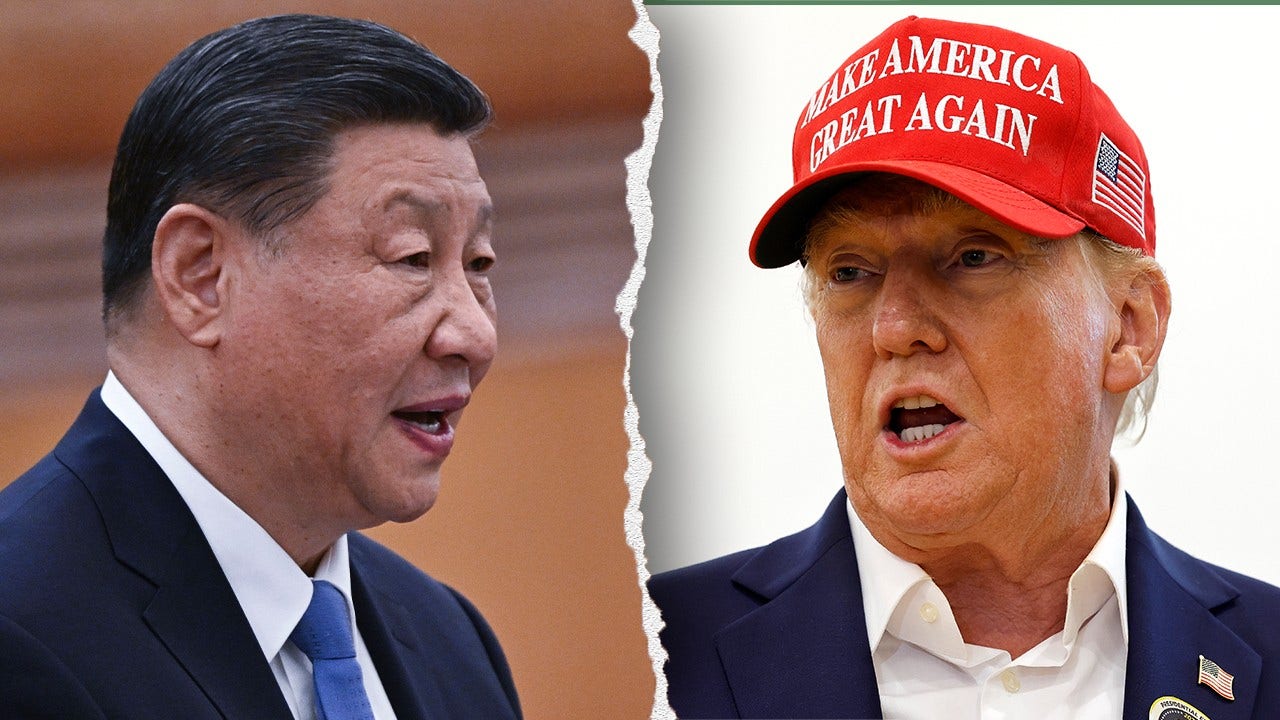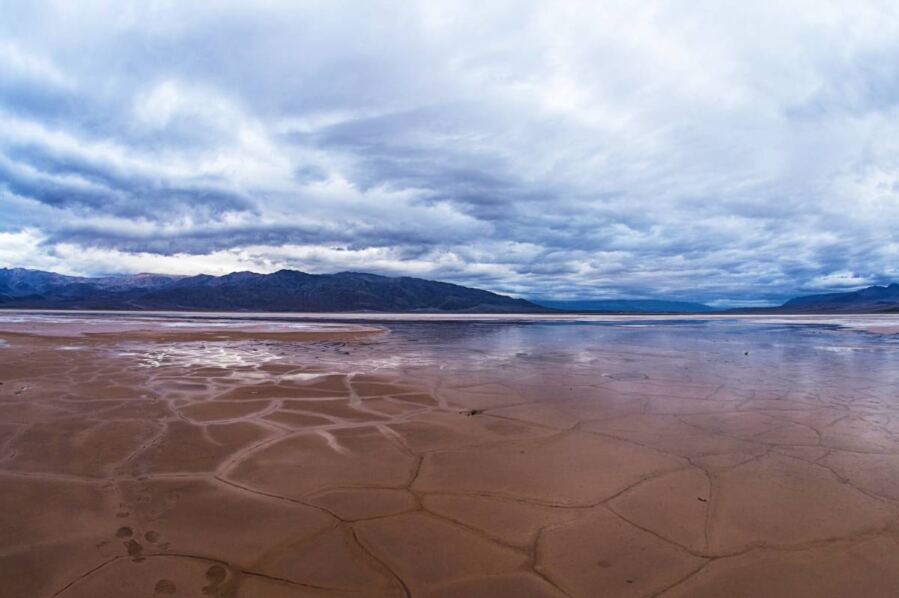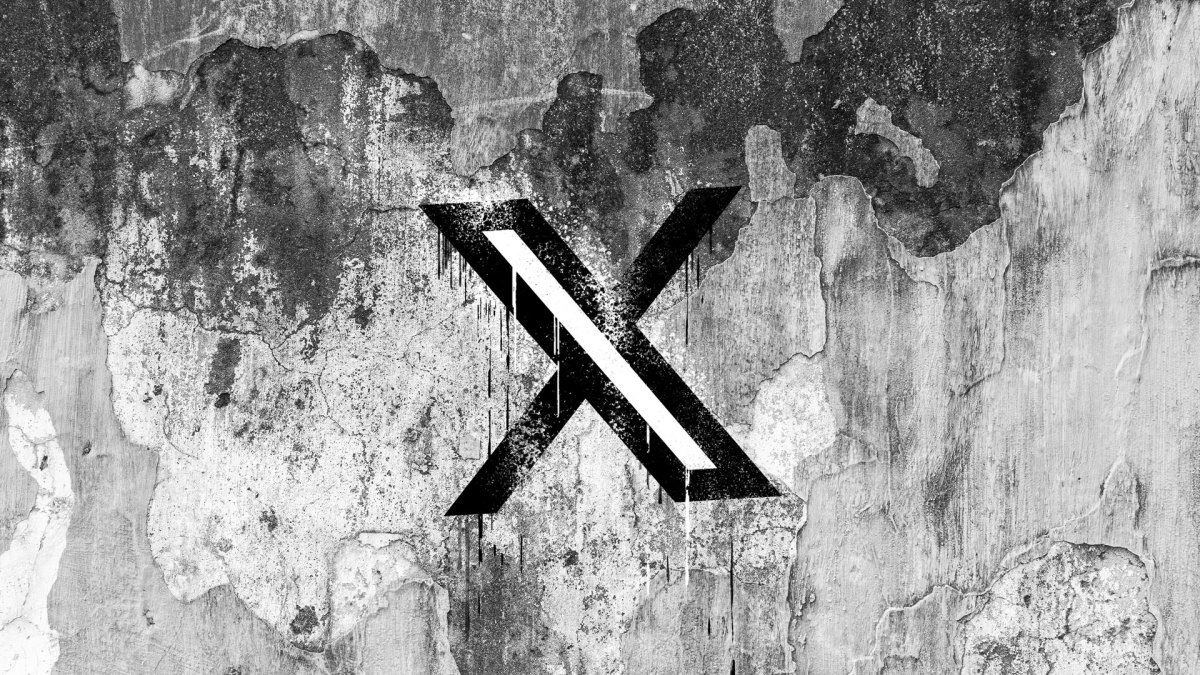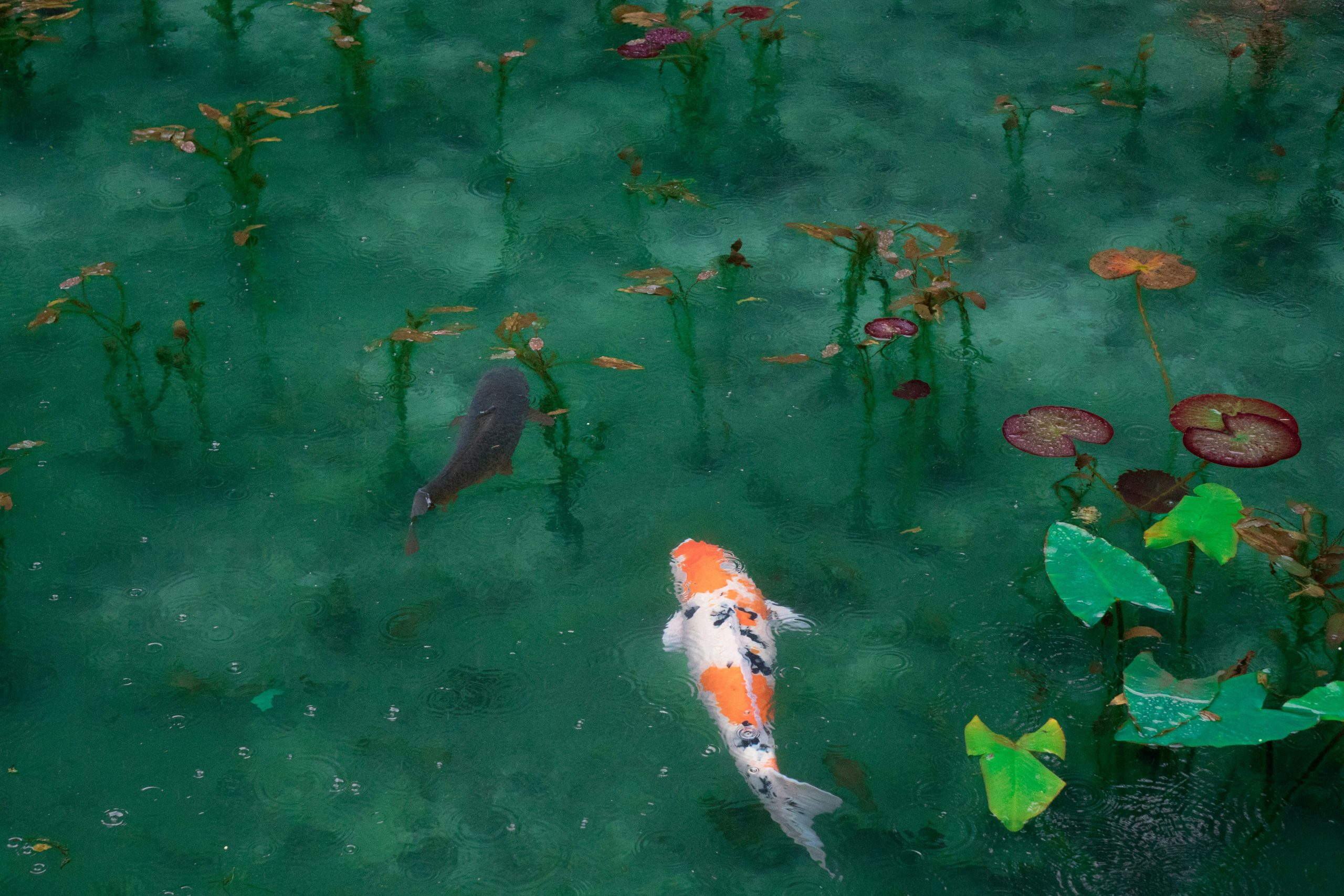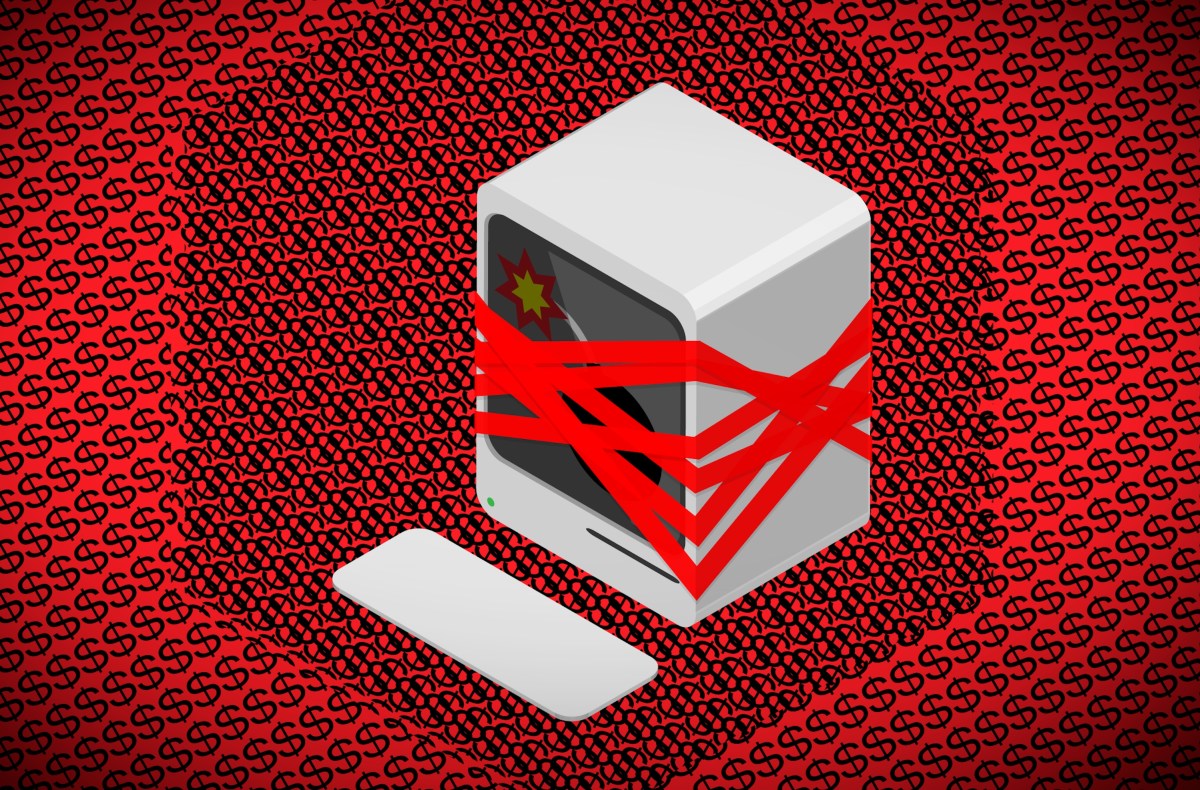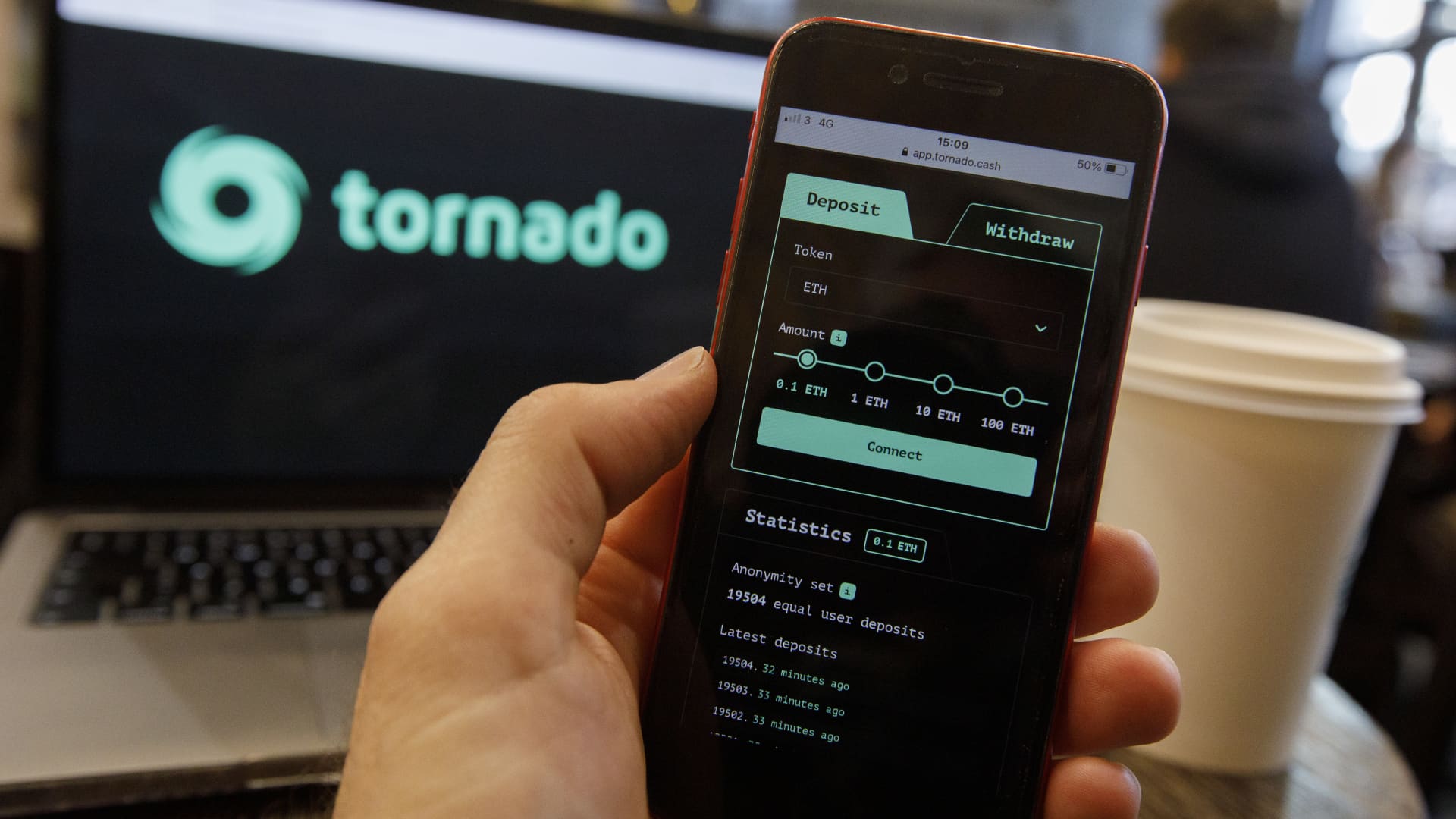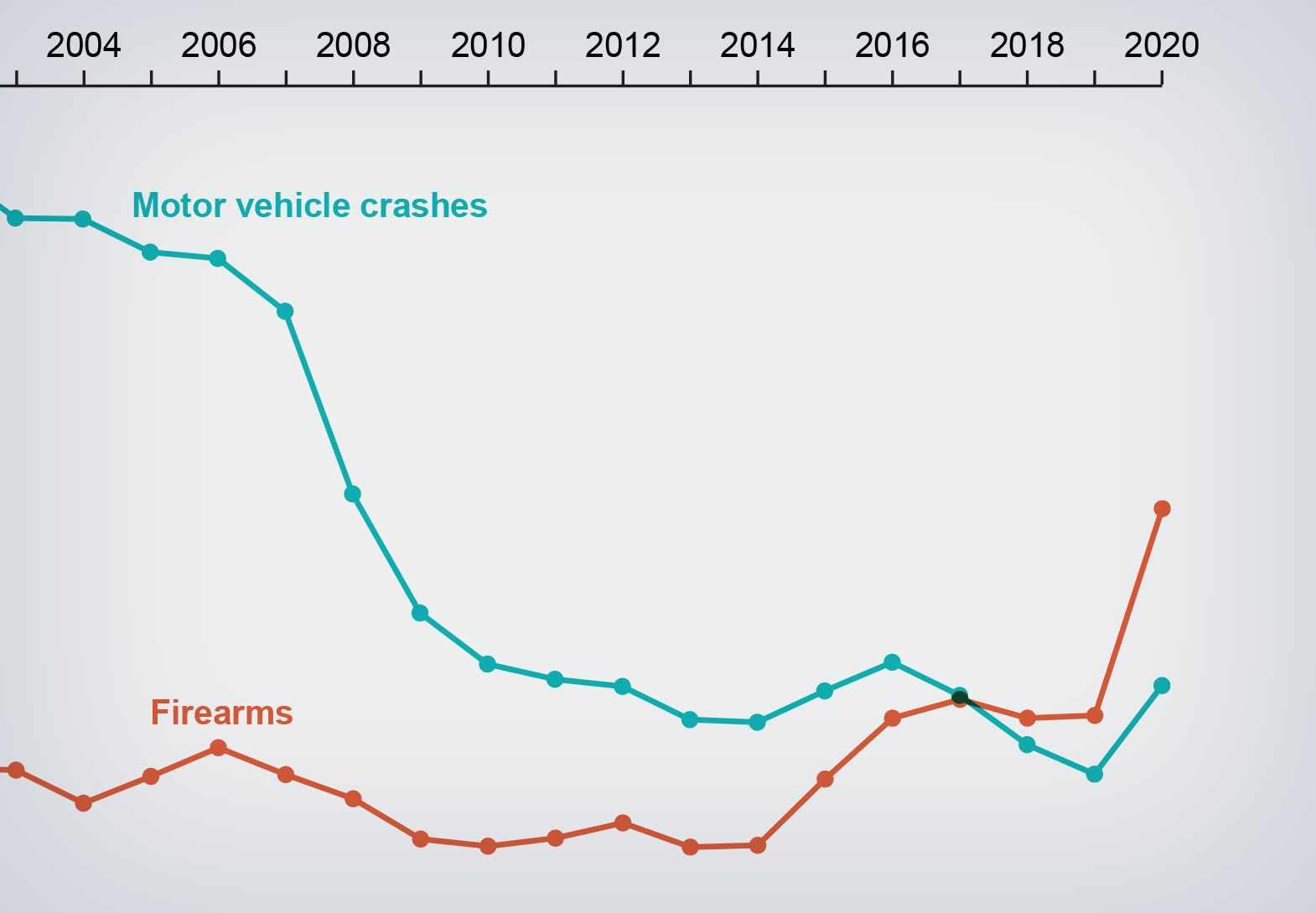India will become only the fourth country to successfully land an intact craft on the moon if its Chandrayaan-3 mission successfully touches down near the lunar south pole today. It will also become the first nation to explore the potentially water-rich polar region.
The Indian Space Research Organisation’s (ISRO’s) Chandrayaan-3, which takes its name from the Sanskrit word for “mooncraft”, took off onboard a Launch Vehicle Mark-III rocket from the southern state of Andhra Pradesh on 14 July and has spent six weeks covering about 380,000 kilometres en route to the moon.
The mission is now in lunar orbit preparing to land its Vikram lander at a spot with water reserves, which could help make a permanent lunar base possible.
The preceding Chandrayaan-2 mission ended in failure in 2019 when a software glitch caused its Vikram lander to crash into the moon’s surface. It was destroyed, along with the six-wheeled rover it contained, named Pragyan, that would have explored the moon’s south pole.
The earlier Chandrayaan-1 mission consisted of a lunar orbiter and a probe designed to deliberately hit the moon at speed, again targeting the south pole. India’s latest mission is designed to land softly and carry out scientific research.
Chandrayaan-3 will be a repeat of the Chandrayaan-2 mission, but this time there will be no orbiter. Instead, the Vikram lander and rover will handle their own communications with Earth without the need for an intermediary satellite. The landing is expected at about 6pm Indian time (12:30 GMT), according to officials. Once released, the rover is expected to last just two weeks in the harsh lunar environment.
To date, only the US, the USSR and China have successfully landed lunar missions intact. A private attempt by a Japanese start-up in April ended unsuccessfully when it, too, crashed into the surface at speed. Russia’s latest attempt at lunar exploration – its first moon mission in nearly half a century – also ended in disaster earlier this week. The Luna 25 lander was due to touch down gently but instead slammed into the surface at speed after what was intended to be a short engine firing to reposition it seemingly continued for too long, causing it to “cease to exist”, the Russian space agency Roscosmos announced.
The ISRO said in a tweet that mission control is “buzzed with energy & excitement” ahead of the landing, and that the mission was on schedule and progressing as planned.
“The moon’s south pole is thought to be rich in water ice, which could be used to produce fuel for spacecraft, as well as other resources such as metals and minerals,” says Shri Charan Padala at analytics and consulting firm GlobalData. “Chandrayaan-3, if successful in landing at the south pole, gives India a head start in developing the infrastructure and technology needed to mine these resources.”
Topics:




